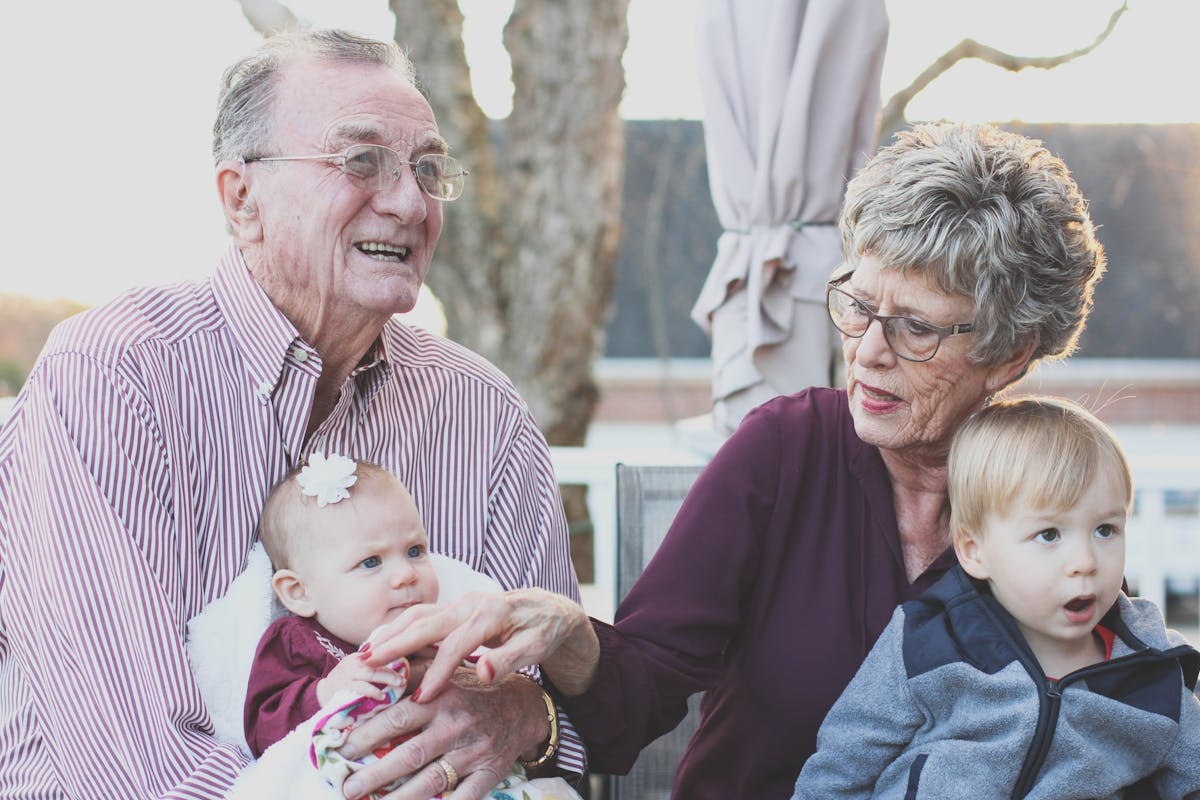As we age, many of us experience changes in our bladder function. Overactive bladder (OAB) is a common condition that affects millions of older adults, impacting their quality of life and daily activities. In this comprehensive guide, we’ll address the most frequently asked questions about overactive bladder in the elderly.
- What is overactive bladder, and how common is it in older adults?
Overactive bladder syndrome (OAB) is a constellation of lower urinary tract symptoms, including urinary urgency, with or without urge incontinence, usually associated with frequency and nocturia. It affects millions of elderly people in the United States and is equally prevalent in men and women. The prevalence of OAB increases markedly with advancing age, affecting up to 30-50% of adults over 65 years old in residential care settings.
Is overactive bladder a normal part of aging?
While OAB is more common in older adults, it’s important to understand that it is not a normal consequence of aging1. Many seniors experience changes in bladder function, but the sudden, compelling urge to urinate that characterizes OAB is not an inevitable part of growing older.
What are the common symptoms of overactive bladder in the elderly?
The primary symptoms of OAB in older adults include:
- Sudden, urgent need to urinate
- Frequent urination during the day and night (nocturia)
- Urge incontinence (involuntary loss of urine)
- Disrupted sleep due to nighttime urination
- Bladder spasms or involuntary bladder contractions1
What causes overactive bladder in older adults?
Several factors can contribute to OAB in the elderly:
- Age-related changes in bladder function
- Neurological conditions (e.g., stroke, multiple sclerosis)
- Enlarged prostate in men
- Hormonal changes during menopause in women
- Urinary tract infections
- Certain medications
- Cognitive decline due to aging
How is overactive bladder diagnosed in seniors?
Diagnosis typically involves:
- A detailed medical history
- Physical examination
- Urinalysis to rule out infections
- Voiding diary to track urination patterns
- Measurement of post-void residual urine volume
In some cases, more specialized tests like urodynamics may be necessary.
What are the treatment options for overactive bladder in the elderly?
Treatment for OAB in older adults often involves a combination of approaches:a) Behavioral therapies:
- Bladder training
- Pelvic floor exercises
- Fluid management
- Dietary modifications (e.g., reducing caffeine and alcohol intake)3
b) Medications:
- Antimuscarinic drugs (e.g., oxybutynin, tolterodine)
- Beta-3 agonists (e.g., mirabegron)
c) Advanced therapies:
- Botox injections
- Neuromodulation
It’s important to note that some medications used to treat OAB may increase the risk of cognitive side effects in elderly patients, particularly those with dementia. Always consult with a healthcare provider to determine the most appropriate treatment plan.
Are there any lifestyle changes that can help manage OAB in seniors?
Yes, several lifestyle modifications can help manage OAB symptoms:
- Maintaining a healthy weight
- Staying physically active
- Practicing timed voiding
- Avoiding bladder irritants in the diet
- Using absorbent products for leak protection
How does overactive bladder affect the quality of life in older adults?
OAB can significantly impact an elderly person’s quality of life, leading to:
- Social isolation
- Depression and anxiety
- Increased risk of falls (due to rushing to the bathroom)
- Sleep disturbances
- Reduced independence2
When should an elderly person seek medical help for bladder issues?
It’s important to consult a healthcare provider if:
- Urinary symptoms are interfering with daily life
- There’s a sudden change in bladder habits
- Urinary incontinence is occurring
- There’s pain or discomfort associated with urination
Early intervention can often lead to better management and improved quality of life.
Can overactive bladder be cured in the elderly?
While there’s no definitive cure for OAB, many older adults can achieve significant symptom improvement with proper treatment and management strategies. The goal is to reduce symptoms and improve quality of life through a combination of behavioral, pharmacological, and, if necessary, advanced therapies.
In conclusion, overactive bladder is a common but manageable condition in the elderly. By understanding the symptoms, causes, and treatment options, older adults can take proactive steps to manage their bladder health and maintain their quality of life. Remember, OAB is not a normal part of aging, and effective treatments are available. If you’re experiencing symptoms, don’t hesitate to speak with your healthcare provider.
References:
1. https://pmc.ncbi.nlm.nih.gov/articles/PMC2312344/
2. https://www.uclahealth.org/sites/default/files/documents/ea/overactive-bladder-elderly.pdf?f=221f1db7
3. https://www.racgp.org.au/afp/2012/november/overactive-bladder-syndrome
4. https://www.mayoclinic.org/diseases-conditions/overactive-bladder/symptoms-causes/syc-20355715
5. https://newsnetwork.mayoclinic.org/discussion/mayo-clinic-q-and-a-what-is-overactive-bladder/
6. https://urogyn.coloradowomenshealth.com/blog/overactive-bladder-treatments-dementia.html



